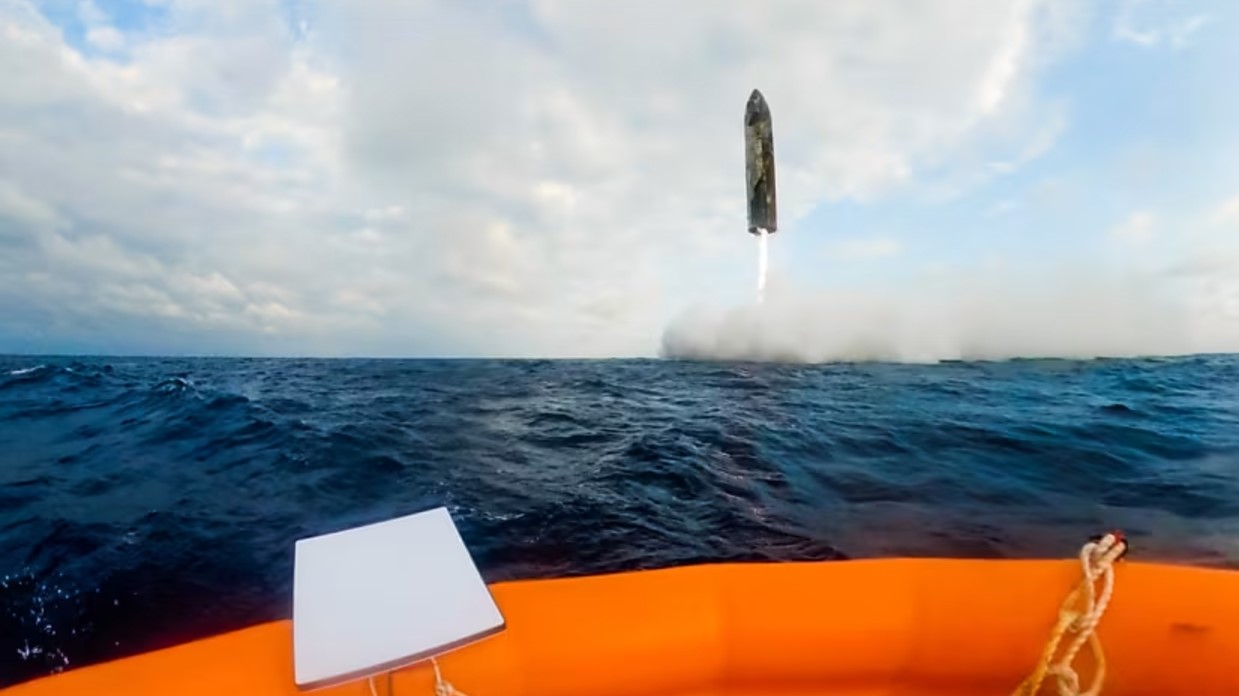While the main mission’s early digital computer carried by the Apollo 11 moon landing mission, is famously said to have less computing power than today’s simplest mobile phones, its existence, and with it, and all the other digital computers ranging from NASA mainframes and the Space Shuttle’s main computer, all the way down to the modern day laptops carried by astronauts on the Shuttle’s later flights, can be credited to a calculating/decoding machine called the Bombe – and the man that invented it. For digital computing probably would not have happened as fast without the mathematical genius and father of modern computing, Alan Turing. The title of this film, ‘The Imitation Game'(2014) which is directed by Morten Tyldum, relates to Turing’s test to prove that a machine can think. It tells the life story of Alan Turing himself.
Alan Turing, was an extremely intelligent mathematician at Cambridge University, and like others with similar gifts, he also reportedly displayed that type’s usual intellectual arrogance and concomitant poor interpersonal skills. Think of the monstrous scientific ego of the comedy television character Dr Sheldon Cooper “Big Bang Theory” and his and his failure to empathise with mere mortals, and you will catch the drift (you can tell here that this writer once worked with someone like this). Thus Benedict Cumberbatch, who is already famous for his “superiority complex” portrayal of Sherlock Holmes, makes a similar excellent pitch at displaying Turing’s own obvious talent, but also some of his failings.
Turing’s genius was, of course, belatedly recognised as one of the reasons why the allies of World War II won the war. This strange twenty-seven year old man arrived at Bletchley Park (codenamed “Station X”), a secret code breaking base in England, to try to crack the codes sent by the “Enigma” machine – a typewriter-like transposition device allowing code to be sent from one Enigma and decoded at the other end, with a zero chance of the message being deciphered. Or so the Germans thought.
To do this, Turing designed an electromechanical calculating/decoding machine called the “Bombe” which could whirr thorough different combinations of the setting key that would allow each enigma machine to talk with each other. This, in combination with the deciphering of the Enigma communications network, and the lazy procedures of the German Army Enigma machine operators, (worked out in real life by that other Bletchley Park genius, Gordon Welchman), led to the Enigma cypher s being broken. However, the film makes it clear that this was not an easy path. Cummerbatch’s Turing has to fight with the code, with his own Bombe machine, and with authority, in the shape of Charles Dance’s sceptical base commander.
Nevertheless, this eventual leap forward did occur, and, in doing so, saved thousands of tons of shipping in the struggle that was Battle of the Atlantic. In fact, in addition to knowledge of Nazi submarine movements, Bletchley Park/Station X’s intelligence resource (codenamed ULTRA), also uncovered many of military strategic and tactical moves that the Nazi Germany’s Wehrmacht, Luftwaffe and Kriegsmarine before they even happened. The ULTRA information source, was such a valuable intelligence tool, of course, that a way had to be found to camouflage it – usually entailing deliberately displaying secondary sources of intelligence (for example, by letting the Germans see an accidentally straying airborne reconnaissance flight) to provide a plausible reason why the allies had acted on these tips.
Sometimes, for reasons of security, the British could not act on the information at all. For example, sometimes convoys could not be warned of imminent danger, and in effect, had to be sacrificed to protect the ULTRA secret. Likewise, while ULTRA intelligence had forewarned high command of the tactical plans for the ultimately successful, if very bloody, German Invasion of Crete in 1941, they could do nothing about it.
The Germans developed even more advanced encoding machines including later four rotor Enigmas and the even more complicated Lorenz teleprinters – just to make things even more fiendishly difficult for Allied code breakers than it already was. However, the much enlarged Bletchley Park (Station X) Ultra operation eventually managed to crack them all – and helped to end the war about two years earlier (with 18 million lives saved) than otherwise would have been the case.
On leaving Bletchley Park, Turing went back to academia, eventually ending up at the University of Manchester to work on programmable computers. However, apart from an OBE, the plaudits were few and far between due to security concerns which prevented his veneration. For the Enigma machine was still thought to be uncrackable and the British government and its code-breaking agencies, the Government Code & Cipher School and its follow on, GCHQ, as well as its ally, the US National Security Agency, wanted that received wisdom to stay that way. As such, it was not until the 1970s that the full story of Station X/ULTRA at Bletchley Park and its invaluable work was fully acknowledged. Even then, those who revealed too much about its code-breaking techniques could still be ostracised, as Turin’s fellow code breaker, Gordon Welchman, sadly found out in 1982.
While ‘The Imitation Game’ is primarily about the war’s code breaking effort, the film’s narrative does describe the skewed moral values of the 1940s and 50s: patriotism, loyalty, higher sexual mores and parental respect, countered by an intolerance of the “different” – on grounds of race, religion, class, intellect, sex or sexuality. For there was something else “different” about Turing apart from his intellect. Despite his engagement to his female intellectual match, Joan Clarke, most excellently played by Keira Knightly, Turing was, in fact, a homosexual. Turing even names his first Bombe machine after his first schoolboy love, Christopher, with their un-consummated love story shown in flashback.
Although Turing’s homosexuality is not a main plank of the piece – for example, there are no scenes of him in bed with another man (presumably lest it “frightened the horses” or the film’s distributors) – it does describe show how his mildly promiscuous pre- and post-war gay lifestyle was the cause of Turing’s eventual downfall.
In the course of a routine investigation in 1952, a police detective played by Rory Kinear has his back rubbed up the wrong way by Turing’s rudeness and arrogance. As he digs deeper into the irritating Professor’s past, suspecting that he might be a spy, Kinnear’s detective discovers Turing’s gay past and present – an illegal activity in that era. Fittingly, and most tellingly, Turing’s detective nemesis later regrets his actions especially when he appreciates all that Turing has done for the nation.
Turing’s resulting conviction for “gross indecency” led to him being “chemically castrated” with the oestrogen hormone, an optional treatment viewed as a more “humane alternative” to two years in prison. Turing was himself finally, and all-too-belatedly, given a pardon by Her Majesty Queen Elizabeth II on 24 December 2013. It was sadly posthumous. For this tortured hero of the free world, killed himself in 1954, at the age of 41.
So is this biopic movie any good? Well – yes – it is. The acting is exemplary, with Benedict Cumberbatch giving an Oscar-worthy performance, as does Alex Lauther, who play’s Turing’s sensitive younger self. As already mentioned, Keira Knightly is also excellent as Turing’s bright but held-back cryptographer “girlfriend” albeit that she is a little too good looking for the role. The movie also has the strength that the life story of Turing is also a very interesting one to tell, showing what being an “outsider” is really like.
However, good as it is, there is a better movie about the StationX/ULTRA code-breaking effort. That film is ‘Enigma’ (2001).
For while Enigma (2001) has a fictional mystery (derived from Robert Harris’s novel) at the heart of it, it does a better job in portraying trials and tribulations as well as the overall excitement in managing to “crack the code”. The Enigma code in that film was the later very important ‘Shark’ version created by the later four rotor Enigma system which was used by Germany’s U-boats target convoy locations during 1943.
As such, in a way, ‘The Imitation Game’ might be seen as an prequel to ‘Enigma’ (2001) as it tells the story of how Bletchley Park’s early attempts at code-breaking earlier in the war. More importantly, it makes up for the Enigma film’s one shocking omission: failing to mention Turing’s contribution in the war’s code-breaking effort at all…even if ‘The Imitation Game’ makes a similar mistake by not making more of Gordon Welchman’s own very significant contribution to Enigma’s network analysis and even to the Bombe machine itself.
So while the TV play ‘Breaking the Code’ (1996) starring Derek Jacobi did a good job in portraying Turing’s painful story before, the story also deserved a proper full-blown film treatment. As such, the ‘The Imitation Game’, is a fitting tribute to Turing and to his fellow code breakers at Bletchley Park. For without Turing, Welchman, and their colleagues, you would probably be reading this in German…about how Enigma won the war. Vorsprung durch technik!
Seradata’s rating and summary: 7/10 (10/10 for Benedict Cumberbatch’s portrayal of an arrogant genius at work). With its peerless acting, ‘The Imitation Game’ is a fitting tribute to Alan Turing – even if ‘Enigma’ (2001) is the more engaging Bletchley Park tale.





